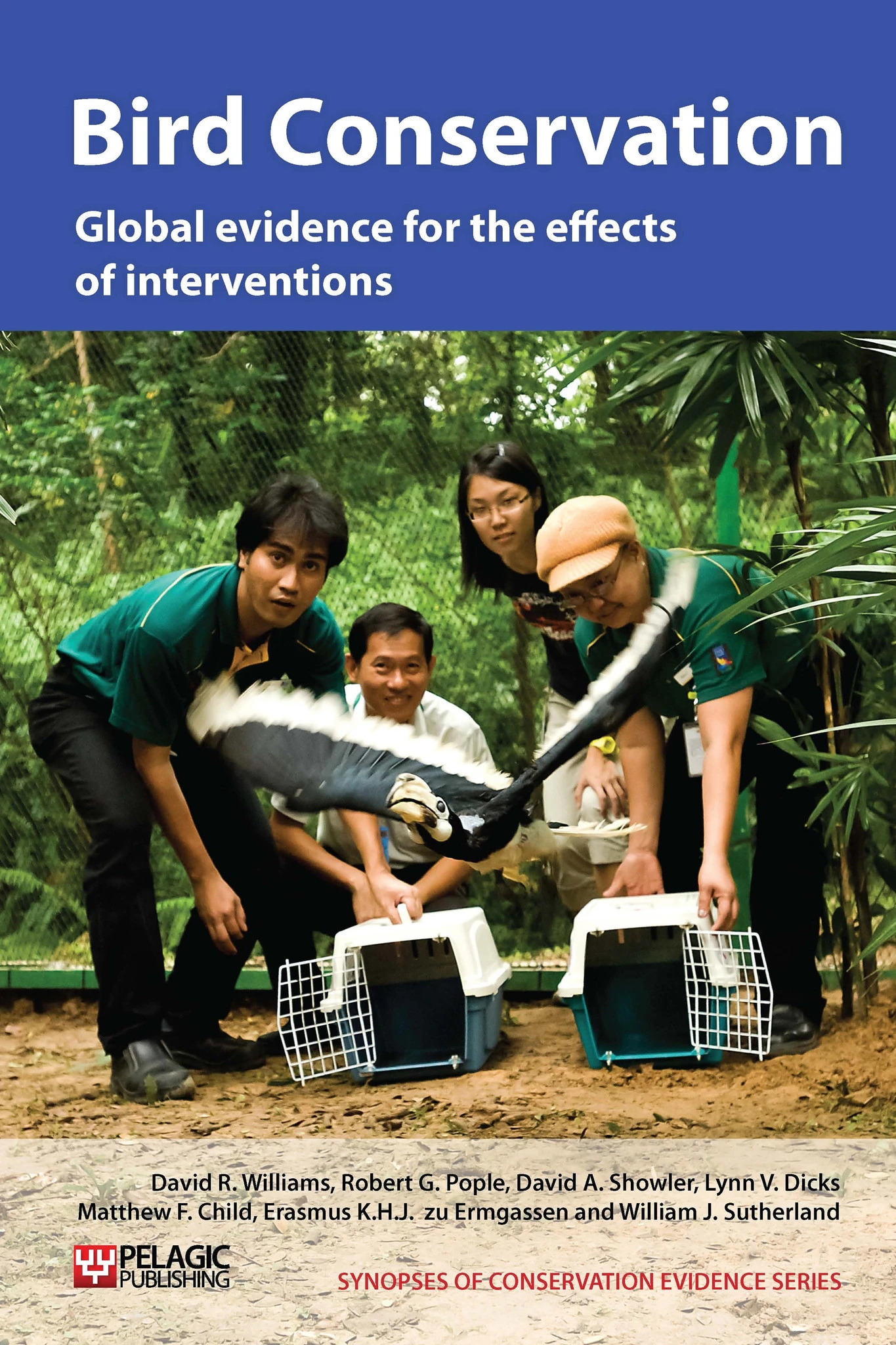Can captive breeding have deleterious effects on individual fitness?
-
Overall effectiveness category Evidence not assessed
-
Number of studies: 3
View assessment score
Hide assessment score
How is the evidence assessed?
-
Effectiveness
not assessed -
Certainty
not assessed -
Harms
not assessed
Supporting evidence from individual studies
A study of a population of Mauritius kestrels Falco punctatus in eastern Mauritius (Ewing et al. 2008) found that the population had grown from 12 individuals in 1987 to a minimum of 154 by 2002. Over this time, the degree of inbreeding increased by 2.6% each generation and by 2002, 25% of pairs were either closely or moderately related. Over this period 1.6% of genetic diversity was lost each generation. Effects on reproduction or survival were not monitored.
Study and other actions testedA replicated study of brain volume in 21 species of wildfowl from museum collections (Guay & Iwaniuk 2008) found that brain volume was lower in captive populations for 16 of the species, with an average decrease of 4.7% (range of 1-33%). Relative brain volume (brain volume in relation to other body measurements) was also lower in captive populations for 20 of the species, with an average reduction of 7.7% (range of 2-30%). A total of 268 skeletons were examined, at least one member of each sex was examined for each species. The effect of these decreases on behaviour, survival or reproduction is not known.
Study and other actions testedA controlled 2008 study of genetic diversity in white-headed ducks Oxyura leucocephala (Muñoz-Fuentes et al. 2008) found that two captive-bred populations had significantly lower genetic diversity than wild birds from Greece and Spain. A total of 38 captive-bred birds were tested, (27 from a Spanish collection and 11 from a UK collection) and compared with 70 wild birds collected between 1993 and 2003 (63 from Spain, seven from Greece). The captive Spanish birds descended from eight wild birds caught in Spain in 1982, the UK birds from three wild birds caught in Pakistan in 1968. Both microsatellite and mitochondrial DNA were less diverse in captive populations. Effects on reproduction or survival were not monitored.
Study and other actions tested
Where has this evidence come from?
List of journals searched by synopsis
All the journals searched for all synopses
This Action forms part of the Action Synopsis:
Bird Conservation
Bird Conservation - Published 2013
Bird Synopsis





)_2023.JPG)














